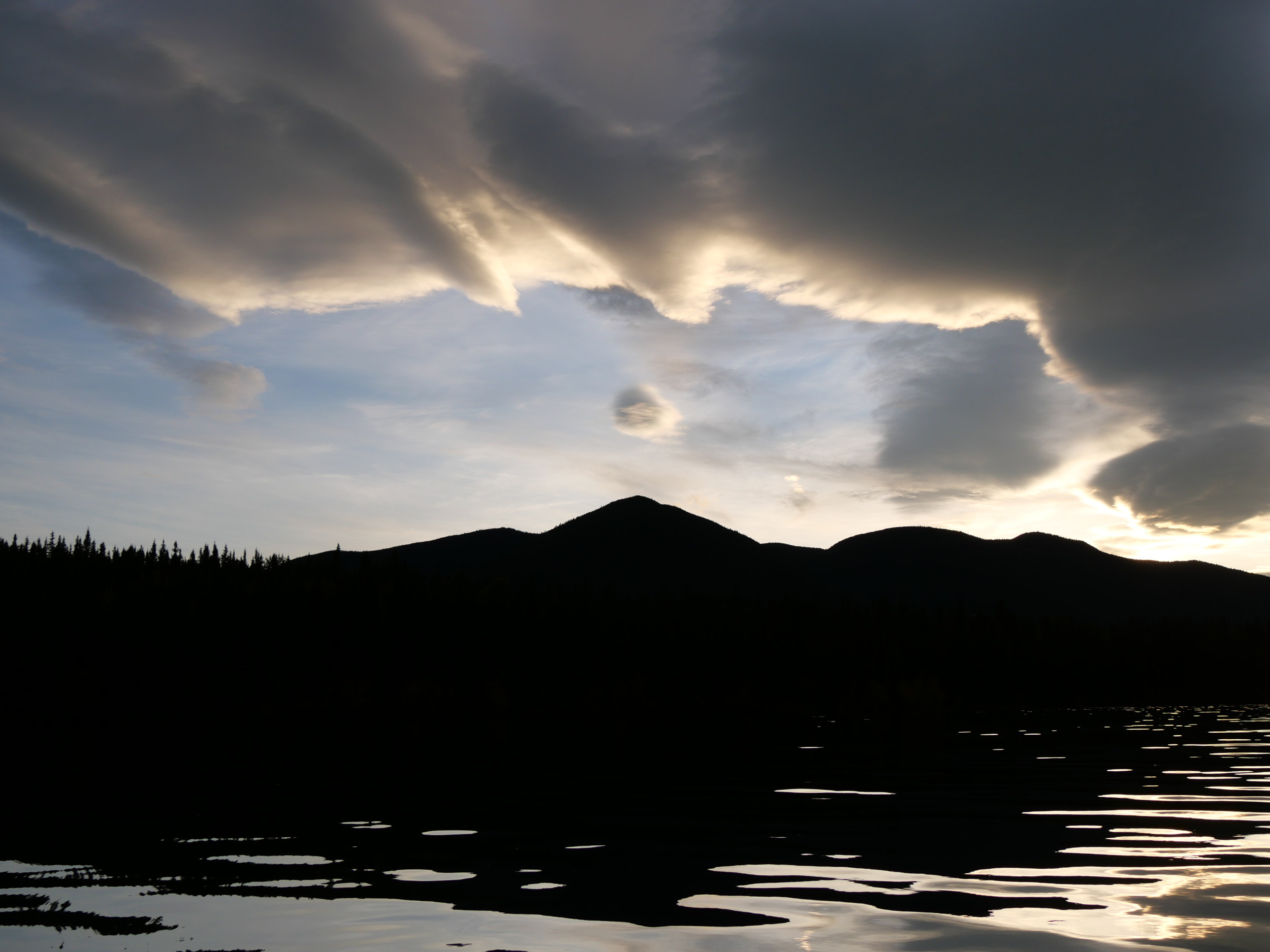Light travels at 299 792 458 metres per second, and if you can’t see that, don’t worry: you almost can. When cloud is pushed very high by heat, and thins, and spreads out to form nearly-invisible clouds of tiny hexagonal columns of ice, as it did here on Saturday, you can almost watch it move. What you see is the ice in the high atmosphere that catches it, refracts it into a rainbow, and then scatters out, unfocussed from there.
What you see, in other words, is light’s directionality, and directionality is movement, or at least the potential for movement. On Earth, we’re used to that. We see shadow, or the place light only fills by scattering in the air.
Blue Bunch Wheatgrass, Bella Vista
The difference with sun rings, though, is that the sky is darker before the reaction and brighter after it, in contrast to shadows, which do it the other way around. Note at well, the peculiar colours of this spectrum: from purple, through red, orange, green, yellow, and then to the blue of the sky, growing lighter with each wavelength shift.
The starling leaping off this maple (on the left), caught before it opened its wings, is free-falling through this rainbow.
Categories: Atmosphere, Earth, Light, Nature Photography, Sun, Water
















